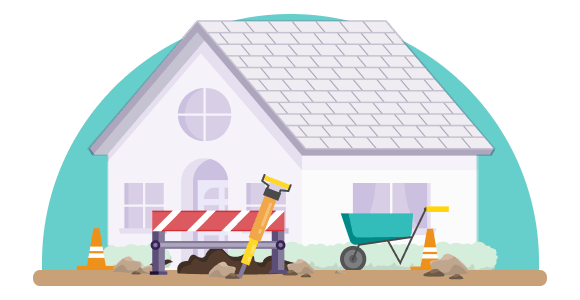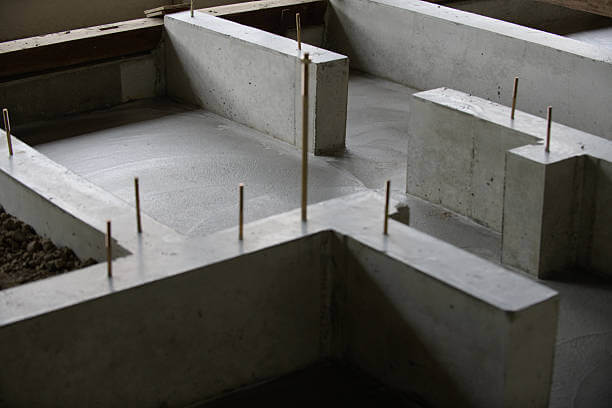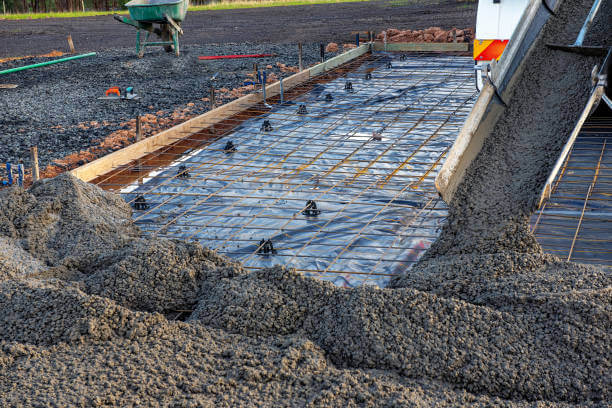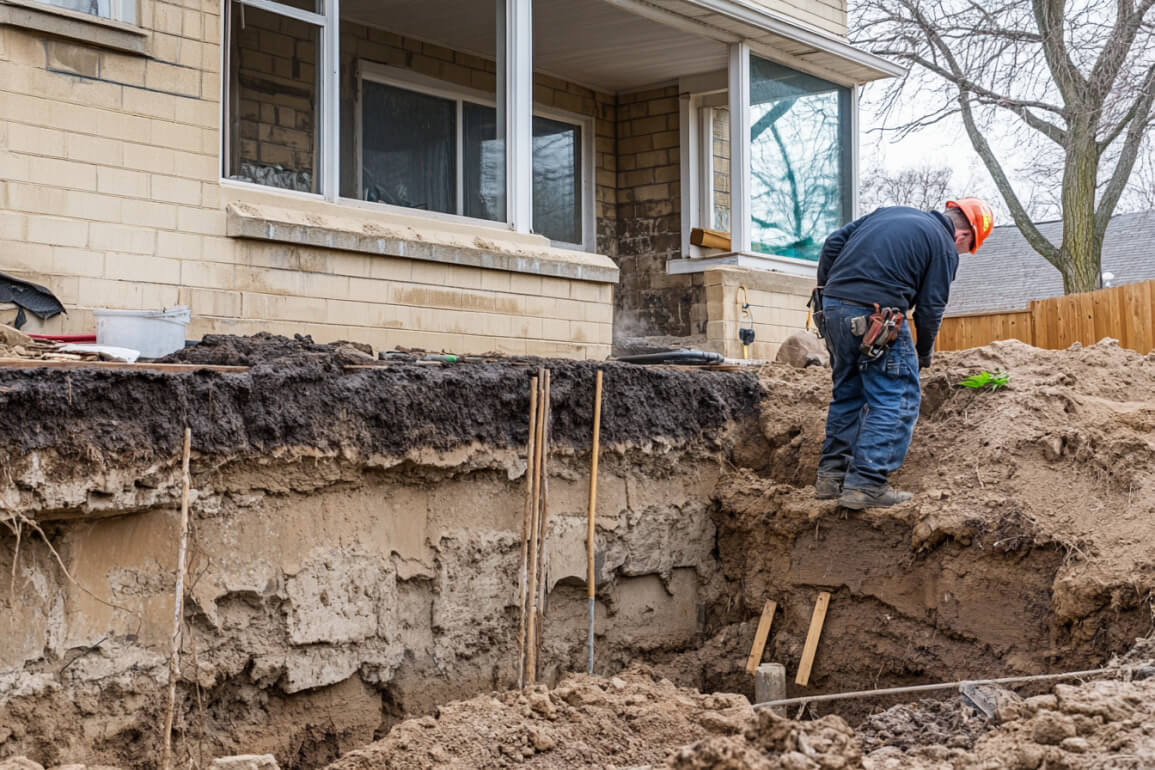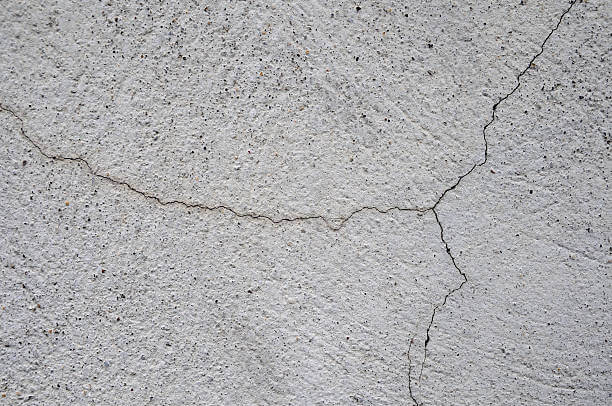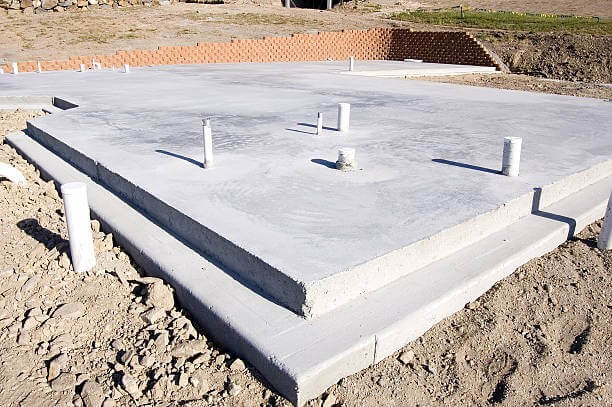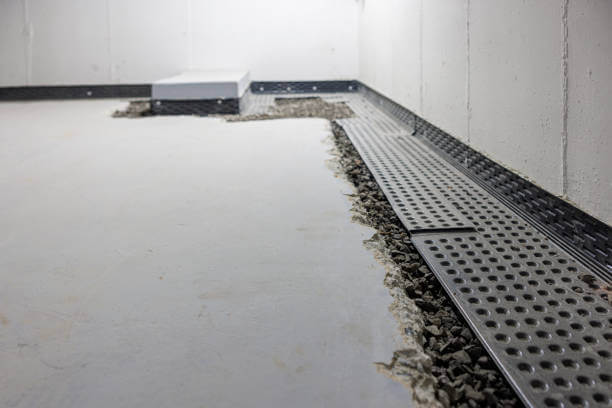What Is Foundation Maintenance?
Foundation maintenance involves a series of proactive steps to prevent damage caused by soil movement, moisture fluctuations, and natural settling. By keeping the soil around your foundation stable and addressing small issues early, homeowners can avoid expensive structural repairs later.
Why Foundation Maintenance Matters
Since your foundation holds your entire house, it’s important to keep it well-maintained. Proper maintenance:
- Prevents cracks and settling caused by shifting soil.
- Reduces moisture buildup that can lead to foundation movement.
- Protects interior walls, doors, and floors from structural stress.
- Helps preserve property value and long-term stability.
Essential Foundation Maintenance Tips
1. Inspect and Repair Foundation Cracks
Regular inspections are the first step in maintaining your foundation. Walk around your home’s exterior several times a year and look for cracks, bulges, or gaps in the foundation walls. Inside, check for cracks in walls, ceilings, and floors, especially near windows and doors.
If you notice new or widening cracks, contact a foundation specialist right away. Early intervention can prevent small issues from turning into costly repairs.
» Learn more about common foundation issues and early warning signs of foundation issues.
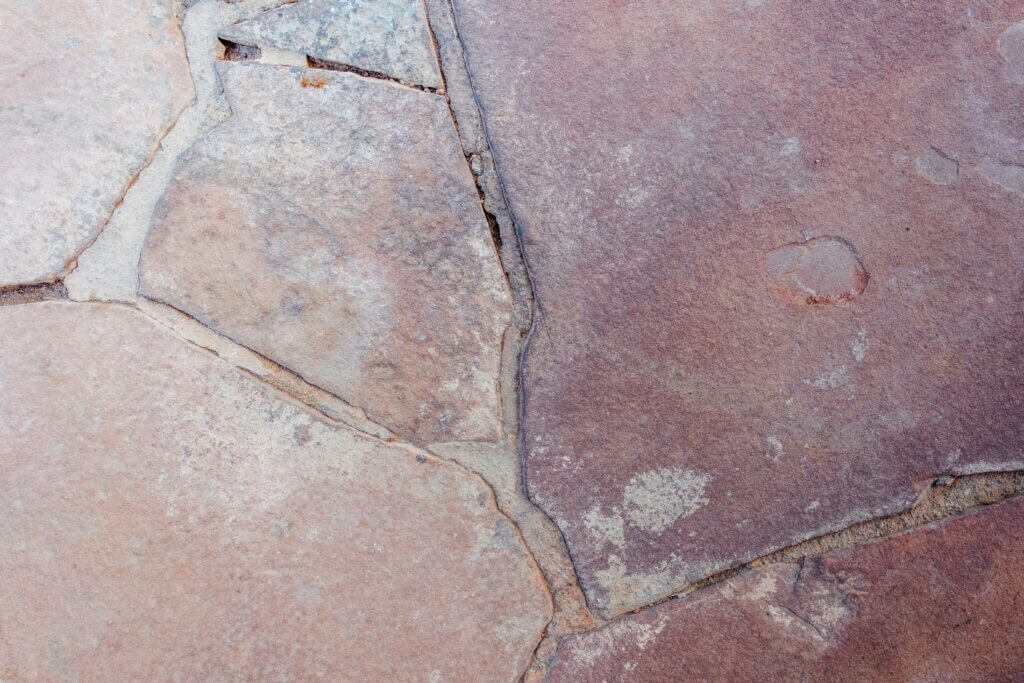
2. Control Moisture Around Your Foundation
Keeping soil moisture levels consistent is key to preventing foundation movement. Extreme wet or dry conditions can cause soil to expand or shrink, leading to cracks or settlement.
During dry spells, use a soaker hose placed about 18 inches from the foundation to keep the soil evenly moist. In rainy seasons, make sure water drains away efficiently.
3. Ensure Proper Drainage
Good drainage protects your foundation from water accumulation and erosion. Clean gutters and downspouts regularly, ensuring they direct water at least five feet away from your home. Check that the ground around your foundation slopes downward so rainwater flows away, not toward the walls.
Additionally, consider adding extensions or French drains if you notice water pooling near your home after heavy rain.
4. Water the Foundation During Dry Periods
In regions with hot, dry climates, soil shrinkage can stress the foundation. Use a gentle watering schedule to keep the ground around your home from drying out completely. Slow, even watering helps prevent uneven settlement and cracking.
5. Maintain Consistent Indoor Temperatures
Sudden temperature shifts cause materials to expand and contract, putting stress on your foundation and framing. Keep your home’s interior temperature steady using proper insulation, HVAC maintenance, and weatherproofing.
6. Keep Trees and Shrubs Away from the Foundation
Tree roots naturally seek moisture and can displace soil or penetrate cracks near your foundation. To avoid issues, plant large trees at least 15 to 20 feet from your home. If you have existing trees nearby, consult an arborist to assess root impact or consider root barriers to prevent damage.

7. Schedule Professional Foundation Inspections
Even with consistent maintenance, professional inspections are important. A licensed foundation expert can identify hidden issues such as uneven settling, drainage problems, or soil shifts that aren’t visible to homeowners.
Yearly or every-other-year inspections ensure small issues are addressed before they require major repairs.
Keep Your Foundation Solid
By taking proactive steps, from inspecting for cracks to maintaining proper drainage, you can extend the life of your home’s foundation. Professional maintenance not only protects your property but also adds long-term value and safety.
Stay ahead of foundation issues. Connect with trusted local foundation professionals through Modernize for expert inspections and maintenance services.
Compare top-rated foundations pros in your area.
Read real homeowner reviews, explore qualifications, and view promotions. Modernize makes it easy to browse professionals and find one that will be perfect for your project.
